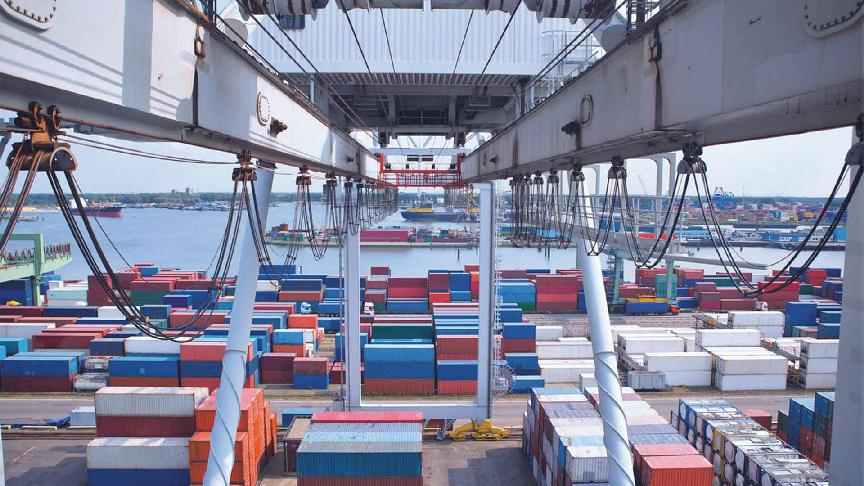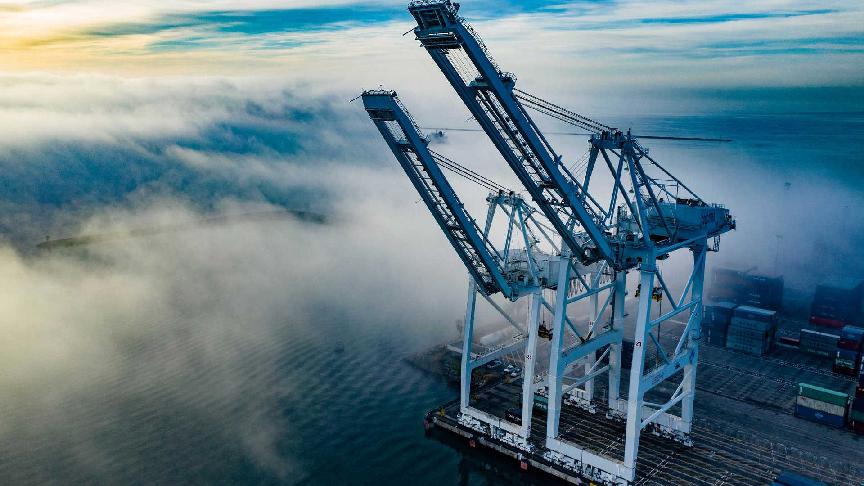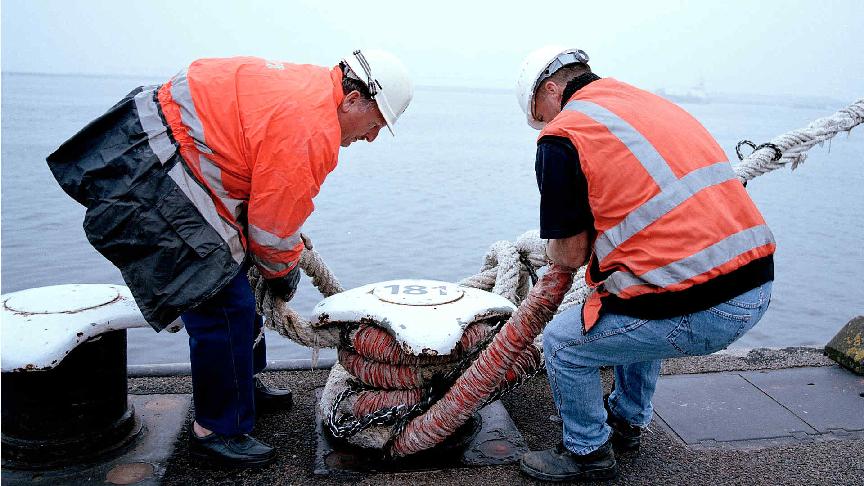19 May (Lloyd's List) - MICRO and macroeconomic factors continued to have a cooling effect on the port of Los Angeles’ cargo volumes in April. The port handled 688,110 teu last month, down 22.5% from the same period a year earlier and 6.57% below April 2019 levels. It was also slightly below the same period in 2020, when the world was thrown into disarray at the onset of the Covid pandemic.
The port’s executive director Gene Seroka said in press briefing that trade has been impacted by a slowing global economy along with US concerns about stubborn inflation and rising interests rates. In addition, warehouses “laden with ageing inventory”, and the protracted west coast labour negotiations are also having an adverse effect.
But Seroka expressed optimism that the labour situation, which turbocharged a diversion of cargo to east and US Gulf coast ports, could be resolved soon.
“On the labour front, I believe that we’re on the doorstep of a tentative agreement,” Seroka said. “Both sides are spending a lot of time at the negotiation table, and I’m optimistic we will hear good news soon.”
April was a particularly eventful month on the labour front for both the port of Los Angeles and the adjacent port of Long Beach.
Disruptions forced terminals to shut down for 24 hours early in the month, and employers complained that dockworkers continued to engage in slowdown tactics after they reopened.
Lloyd’s List understands that while disruptions have mostly ended, dockworkers are still not staggering their meal breaks, which forces cargo operations to stop for an hour during the morning and evening shifts.
“A tentative agreement would be a welcome development. For customers who have been diverting cargo elsewhere, resolving this issue will send a clear signal of stability,” Seroka said.
On the economic front, Seroka said there are “mixed signals” and no clear consensus on what lies ahead for the rest of 2023.
Maersk recently tampered expectations for the remainder of the year while the National Retail Federation revised down its import forecast through the summer.
“While April retail sales edged up slightly due to competitive pricing, the high demand for good witnessed over the past few years have softened.”
Imports at the port were 24.7% and 4.7% below the same periods in 2022 and 2019 respectively. In line with the broader nationwide trend, they have been slowly climbing sequentially since February.
“With respect to inventory levels, the replenishment cycle has yet to kick in,” Seroka said. “Once we see a reduction in warehouse surpluses, there will be opportunity for increased import levels. So far, it’s been relatively stagnant.”
However, he noted the US's strong jobs report and that both energy and freight costs are stabilising.
“Aside from the debt ceiling showdown, which must be resolved without a government default, I am keeping a close eye on the Federal Reserve meeting in mid-June,” Seroka said.
“The Fed’s next move on interest rates will be an important factor in determining where the economy and trade are headed for the rest of the year.
“Overall, I’m optimistic we’ll see a better second half of the year. If economic conditions improve and we’ll get a labour deal in place, that will help drive our volumes here in Los
Angeles.”
Exports in the port of Los Angeles declined 12% year on year in April, while empties moved dropped 23% because of lighter demand for empties in Asia.
In the first four months of 2023, the port handled about 2.52m teu, down more than 1m teu from the same period last year, which was its best-ever first four months of the year.
“Undoubtedly, it’s been a challenging year so far,” Seroka said.







